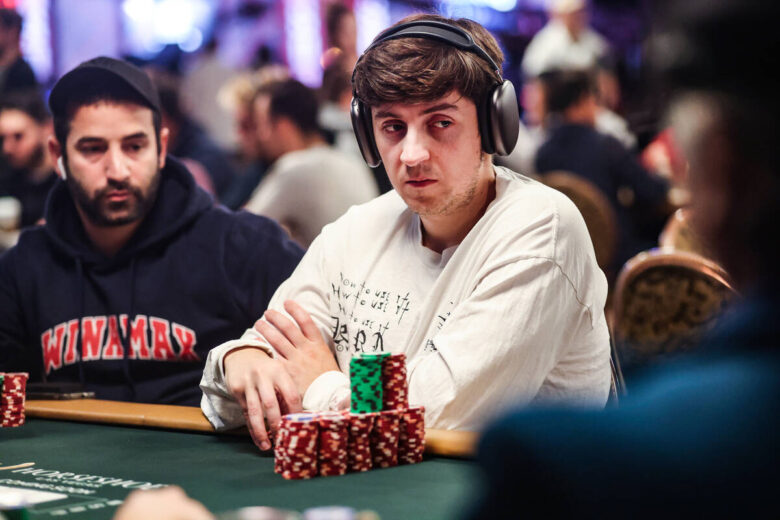Psychological Tactics Used by Professional Poker Players

The mental warfare in professional poker is as complex as the game itself. Top players deploy psychological tactics that go beyond bluffs and reads. These tactics reveal a fascinating intersection between psychology and competitive strategy.
Understanding Opponent Behavior
Professionals spend countless hours studying their opponents. They analyze their behavior, reactions, and decision-making patterns. The goal is to anticipate future moves and react accordingly.
Understanding opponent behavior can lead to better strategic decisions. For example, if a player often bluffs, recognizing this pattern can lead to a successful counter-strategy.
Using Misdirection and Bluffs

Misdirection is a core concept in professional-level card games. Players utilize this by presenting false tells or employing certain behaviors to mislead their opponents.
Bluffing, a common tactic, is the act of pretending to have a strong hand when the reality is different. Executing a bluff requires a deep understanding of opponents’ tendencies, and it can lead to significant gains if successful.
Emotional Control
Professional players exercise impeccable emotional control. Any visible emotion might reveal information about a player’s hand. Thus, maintaining a neutral expression, also known as a “poker face,” is key to preventing others from gathering information.
Game Theory Application
Game theory, a branch of mathematics dealing with decision-making, plays a significant role in high-level card games. Professionals use game theory to analyze various game situations and make optimal decisions. This approach enables them to consider all possible outcomes and choose the most favorable course of action.
Importance of Positioning

Positioning refers to a player’s turn order in a game. Understanding and leveraging one’s position can create significant advantages. Late positioning allows a player to observe others’ actions before making decisions, leading to more informed choices.
Strategic Betting
Professional players carefully consider the size and timing of their bets. By varying bet sizes and patterns, they aim to confuse and mislead opponents. Strategic betting is not only about winning pots but also about manipulating the behavior of other players.
How to Learn These Psychological Tactics
Many turn to a simple Google search for how to play poker, and while this will provide a general overview, it’s important to continue learning and practicing. There are classes available as well as online resources for those looking to learn more advanced strategies. Ultimately, the most successful pros are not only well-versed in the rules of poker but have also mastered psychological tactics.
Recognizing Patterns and Exploiting Them
Top-level players have the ability to recognize and remember patterns in opponents’ play, even if they are subtle. They notice how a player reacts in specific situations, such as when they have a strong hand or are likely to fold. By recognizing these patterns, professionals can exploit them, making decisions that are more likely to lead to success.
Utilizing Table Image

Table image refers to how a player is perceived by others at the table. By carefully controlling their table image, professionals can manipulate how others react to their plays. For instance, a player who consistently plays conservatively may surprise opponents with an aggressive move, catching them off guard. Controlling and utilizing table image is a delicate art that can lead to a significant edge.
Managing Resources
Resource management in poker involves careful handling of chips and making decisions that consider the long-term implications. Professionals know when to take risks and when to play conservatively. Balancing risk and reward and understanding the overall flow of the game is essential to long-term success.
Reading the Environment
Understanding the dynamics of the table and adapting to different playing styles is essential. Professionals pay close attention to the playing style and tactics of their opponents, adapting their own strategy accordingly. Reading the environment involves more than just focusing on the cards; it’s about understanding the meta-game and the ever-changing dynamics of the play.
Adhering to a Strong Ethical Code
While gamesmanship is part of poker, professionals adhere to a strong ethical code. Respect for opponents, the rules, and the spirit of the game is held in high regard. Fair play and integrity not only build respect among peers but also ensure that the game remains enjoyable and fair for everyone involved.
Conclusion: Building Success Through Mastery
Professional poker players utilize a blend of psychological insight, mathematical acumen, and strategic finesse to excel in this demanding game. The application of these concepts, combined with rigorous practice and adherence to ethical principles, leads to mastery and success.